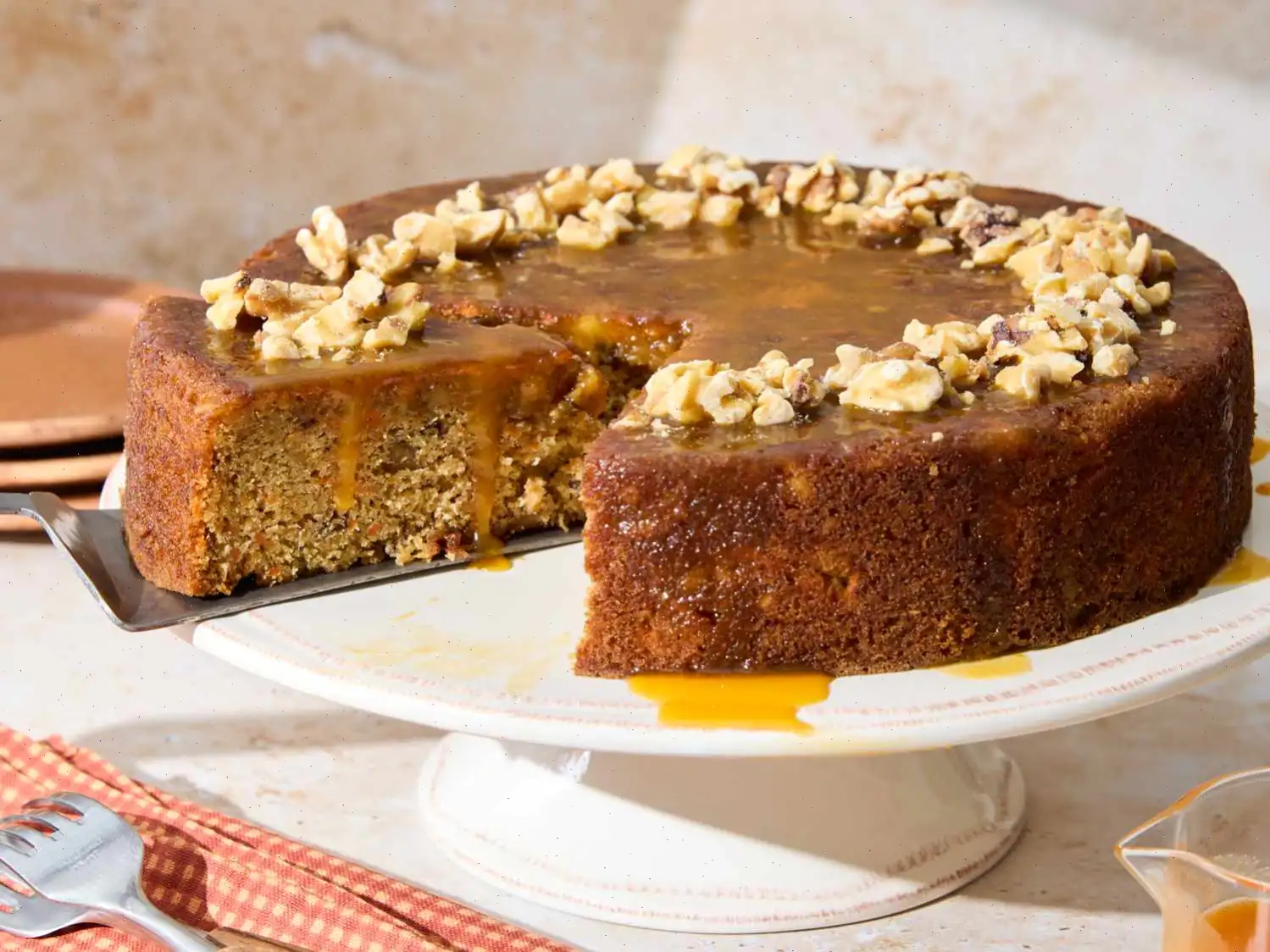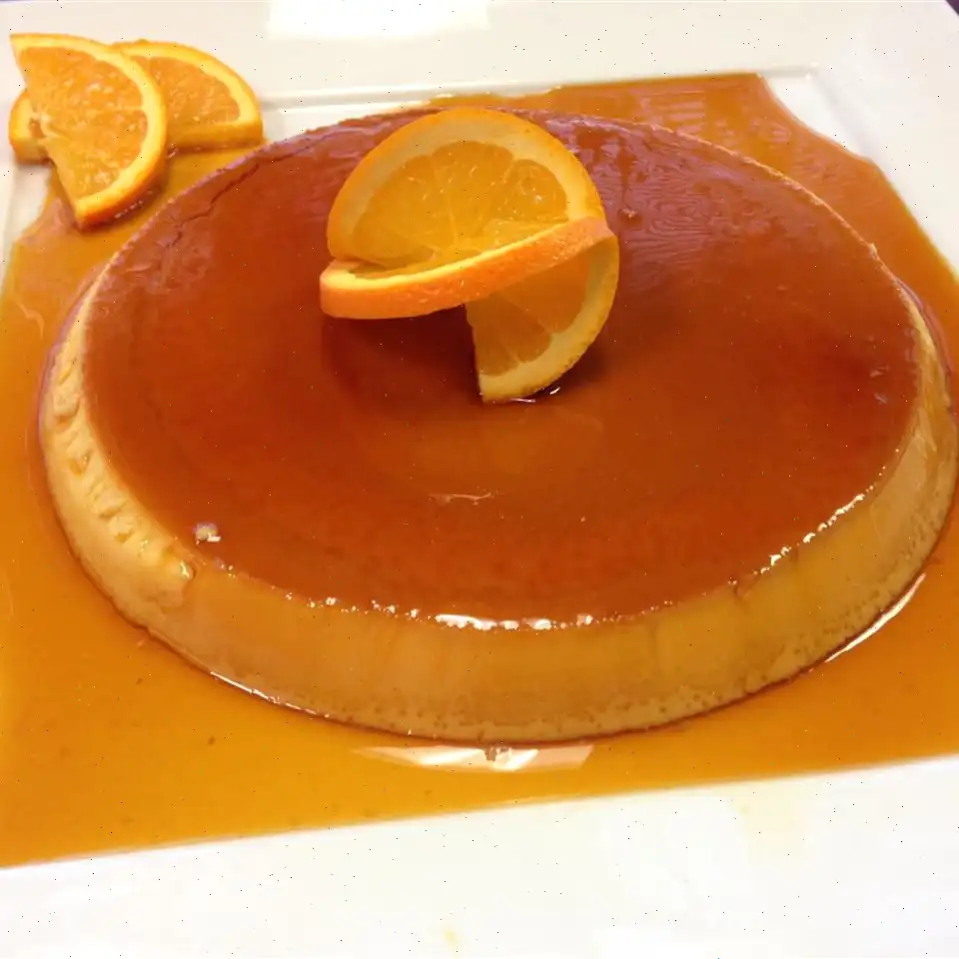
Best Homemade Marzipan Recipe
Almond Marzipan Recipe
Ingredients:
- 1 cups whole almonds
- 1 cups confectioners' sugar, or more as needed
- Water as needed
- 3 drops almond extract (optional)
Directions:
Step 1: Place almonds in a heat-proof bowl and cover them with boiling water. Let them stand for a few minutes until they cool enough to handle.
Step 2: Carefully slip the almonds out of their skins, one by one, leaving the remaining almonds in the warm water.
Step 3: Drain the almonds in a colander.
Step 4: Place the almonds and confectioners' sugar in a food processor fitted with a metal blade. Process them into a smooth paste.
Step 5: If the paste is too dry, add cold water, to 1 teaspoon at a time, until the desired consistency is reached. Scrape the sides of the bowl a few times to ensure even processing.
Step 6: Towards the end of processing, add a few drops of almond extract, if desired.
Step 7: Continue processing the marzipan until it is smooth and no longer grainy.
Step 8: Once ready, wrap the marzipan in plastic wrap and store it in a cool, dry place.
Cooks Notes:
- You can also use rose water instead of almond extract.
- The easiest way to remove the skins of the almonds is to soak them first. Avoid using already peeled (blanched) almonds, as they will result in a drier consistency.
- Use the marzipan within a week or two for best results.
Nutrition Facts (per serving):
| Nutrition Information | Amount | % Daily Value* |
|---|---|---|
| Calories | 171 | |
| Total Fat | 11g | 13% |
| Saturated Fat | 1g | 4% |
| Sodium | 0mg | 0% |
| Total Carbohydrate | 17g | 6% |
| Dietary Fiber | 2g | 9% |
| Total Sugars | 14g | |
| Protein | 4g | 9% |
| Calcium | 52mg | 4% |
| Iron | 1mg | 5% |
| Potassium | 151mg | 3% |
* Percent Daily Values are based on a 2,000 calorie diet. Your daily values may be higher or lower depending on your calorie needs.
History and Origin of Marzipan
Marzipan has a long and intriguing history, with its roots traced back to the Middle East. It is believed to have been brought to Europe by the Crusaders during the 12th century, particularly to Italy, where it became popular. The name "marzipan" is thought to come from the Italian word "marzapane," which means "bread of St. Mark," referencing the Venetian influence. It is made primarily from almonds and sugar, creating a sweet, smooth, and versatile treat. Over time, marzipan gained popularity across Europe, especially in Germany, Spain, and France, where it evolved into different regional specialties.
Regional Variations of Marzipan
Different regions around the world have their own distinct styles of marzipan. In Germany, marzipan is often shaped into intricate figures such as fruits, animals, and flowers, making it a popular choice for holiday treats. The city of Lbeck, in northern Germany, is especially famous for its marzipan, which is recognized for its high quality and unique flavor. In Spain, marzipan is typically made with a higher sugar content and is often used in traditional sweets such as "turrn" during Christmas. In contrast, in the Middle East, marzipan may be flavored with rose water or orange blossom water, adding an exotic twist to its classic almond taste.
What Makes Marzipan Unique?
Marzipan stands out from other almond-based confections due to its smooth texture and sweet flavor. Unlike almond paste, which is coarser and often used as a filling, marzipan is finely ground and sweetened, making it ideal for molding into various shapes. Its use in decoration and candy-making is what differentiates it from other almond treats like nougat or almond brittle. Additionally, marzipan's fine texture allows it to be used in baking, such as in cakes and cookies, or enjoyed on its own. The addition of almond extract or rose water in some recipes adds subtle flavor nuances that further enhance its appeal.
Where is Marzipan Typically Served?
Marzipan is a festive delicacy that is commonly served during holidays and special occasions. In Germany, it is particularly popular during Christmas and is often given as a gift or used as an ornamental topping on cakes and pastries. Marzipan is also featured in various traditional desserts across Europe, such as "Marzipan Stollen" in Germany and "Turrn de Mazapn" in Spain. It is frequently seen at weddings and celebrations, where it is shaped into decorative figures or molded into small candies. In the Middle East, it is enjoyed as part of sweet platters during Eid and other festive events.
Interesting Facts About Marzipan
- In Germany, Lbeck is known as the "Marzipan Capital of the World," with a history of marzipan-making that dates back to the 18th century.
- Marzipan is often used as a healthy alternative to sugary sweets in some cultures, as almonds provide essential nutrients like vitamin E, protein, and fiber.
- While marzipan is typically made from almonds, some versions are made with other nuts, such as pistachios or hazelnuts, adding a unique flavor twist.
- Marzipan is so highly regarded in some cultures that there are entire festivals dedicated to celebrating its rich history and craftsmanship, particularly in Italy and Germany.
Conclusion
Marzipan is not just a sweet treat; it is a symbol of craftsmanship, tradition, and regional pride. Whether shaped into intricate figures or used to decorate cakes, this versatile confection has a long history that spans across multiple cultures and countries. From the Middle East to Europe, marzipan continues to delight sweet tooths worldwide, evolving in flavor and presentation but always retaining its signature almond taste.








